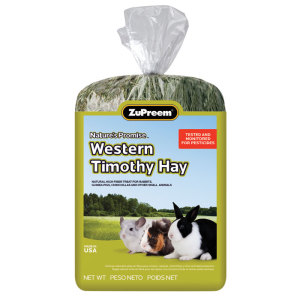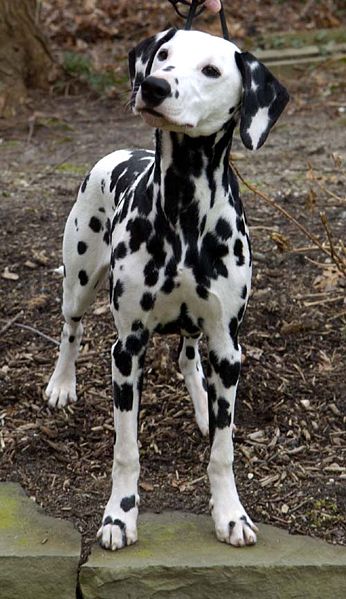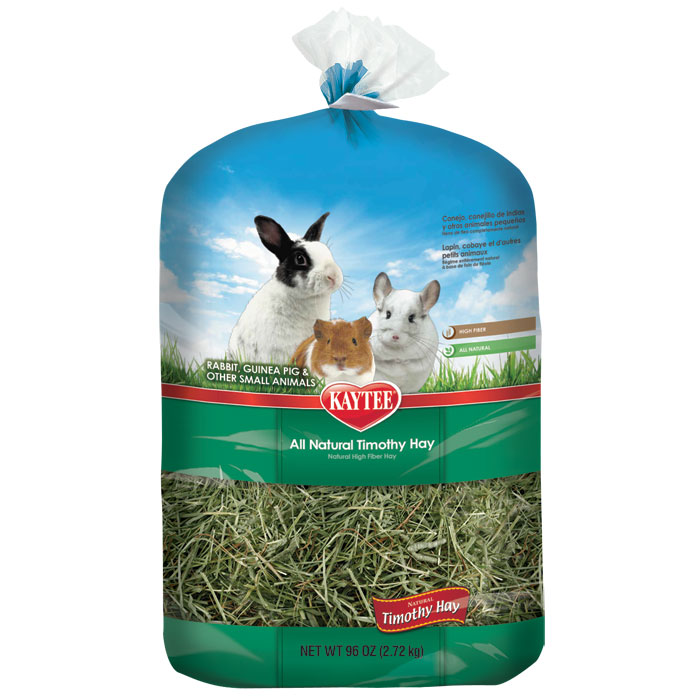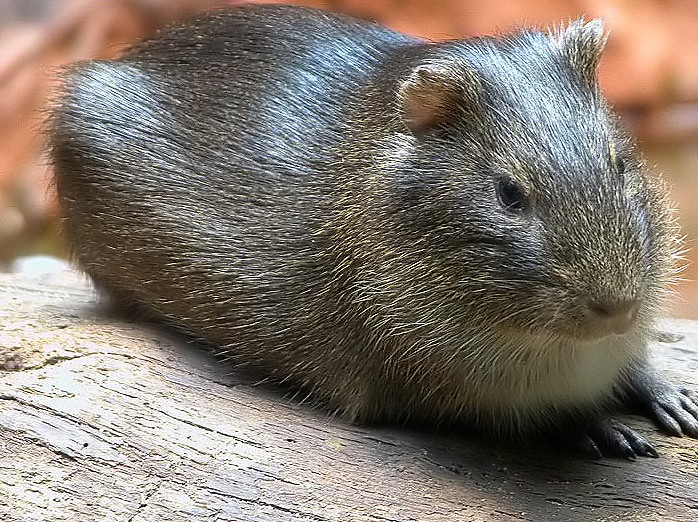Hi Pet Blog Readers!
It’s finally Friday, but before we get to the weekend we have a guest blog from Richard. He has written an informative post detailing what your pet guinea pig needs for a healthy diet. Your furry friend has important dietary needs and you are the one to help them fill those needs! If you have any questions or comments please let us know, they are always welcome! Have a great weekend!
________________________________________
 A guinea pig’s diet is fairly simple. In the beginning, owners just need to follow some guidelines and test out different treats when their pet first arrives. The diet of the guinea pig should be made up of fresh fruits, vegetables, commercialized pellets and timothy hay.
A guinea pig’s diet is fairly simple. In the beginning, owners just need to follow some guidelines and test out different treats when their pet first arrives. The diet of the guinea pig should be made up of fresh fruits, vegetables, commercialized pellets and timothy hay.
Fruits & Veggies
A proper diet should consist of fruits and vegetables, but in moderation. If you give your guinea pig too much, they will probably have diarrhea, which is potentially very dangerous to your pet’s health if it persists.
Try out different types of fruits or veggies to see which your pet likes the most. After you’ve found a few, stick to those in their diet. Some I would highly recommend include: apples, kale, spinach, carrots, blueberries, peaches and tangerines. It’s okay to switch out a few every now and then, but always research first to see if they can actually eat it.
Here are some foods that you need to keep away from your pig: iceberg lettuce, corn, potatoes, chocolate, “human treats” and raw beans. Don’t just stick to this list alone, there are many other foods they should avoid. Remember to always do your research first.
Probably the most popular Cavy food, Timothy hay should make up the majority of your guinea pig’s diet. Yes, you heard right. Your pet can eat the same Timothy hay that is recommended as bedding for guinea pig cages.
Now, if you plan on using Timothy hay for your bedding as well, I would get a hayrack to clear up any confusion for your pet. You want to separate hay that is used as bedding from hay that is used for eating. Make it clear to them by putting treats or pellets inside the hayrack mixed-in with the hay. That way, they’ll know food belongs in that rack.
In the previous section, I mentioned that too many fruits or vegetables could cause diarrhea. If that happens, simply increase your pig’s intake of Timothy hay and it should go away. This is because this type of hay helps with digestion.
Commercial Food Pellets
When looking into food pellets at your local pet store, find a product that is 20% protein and 16% fiber. Also, make sure to look for Vitamin C in these products.
Guinea pigs need Vitamin C because, like humans, they can’t produce any themselves. A lack of vitamin will surely lead to health problems in the future. If you can’t find pellets with any, just buy them tablets and feed them about 10mg per day.
Do not feed them multi-vitamins, as excess in the other vitamins can potentially be dangerous to them.
When to Feed Them
When you first start feeding your guinea pig, pick a time that is convenient for you. You want to get them in the habit of eating food at a certain hour of the day. These critters depend on a set schedule and will often make some sort of commotion if that schedule is broken. Try your best to not be more than an hour early or late when it comes to their diet schedule.
* * *
Just follow these simple guidelines and you’ll have a diet plan designed for a healthy piggy. I also want to note that these diet plan tips can be applied to all guinea pig breeds. And remember, when in doubt, research to see if your pet is allowed to eat it. The last thing you’d want is to poison your new friend.
Richard James has been caring for guinea pigs for over 15 years. He is the author of the care guide, “Guinea Pig Care Made Easy,” which has helped many owners raise a healthy pet. He currently owns 3 guinea pigs: 2 Silkies and 1 Peruvian. Check out his website for more valuable information about caring for Guinea Pigs.
 That Pet Blog That Pet Place Pet Blog
That Pet Blog That Pet Place Pet Blog





 Sometimes it is hard to find the perfect pet. They all look so cute sleeping in their hammocks, running in their wheels, or just snuggling with pals. So which critter should you take home from the pet store? The questions in this short fun quiz should help give you an idea of your small pet personality match, but remember to do additional research before making the final decision! You’ll find the best pets to suit your lifestyle in the answers section below.
Sometimes it is hard to find the perfect pet. They all look so cute sleeping in their hammocks, running in their wheels, or just snuggling with pals. So which critter should you take home from the pet store? The questions in this short fun quiz should help give you an idea of your small pet personality match, but remember to do additional research before making the final decision! You’ll find the best pets to suit your lifestyle in the answers section below. Answers
Answers Question 4
Question 4
